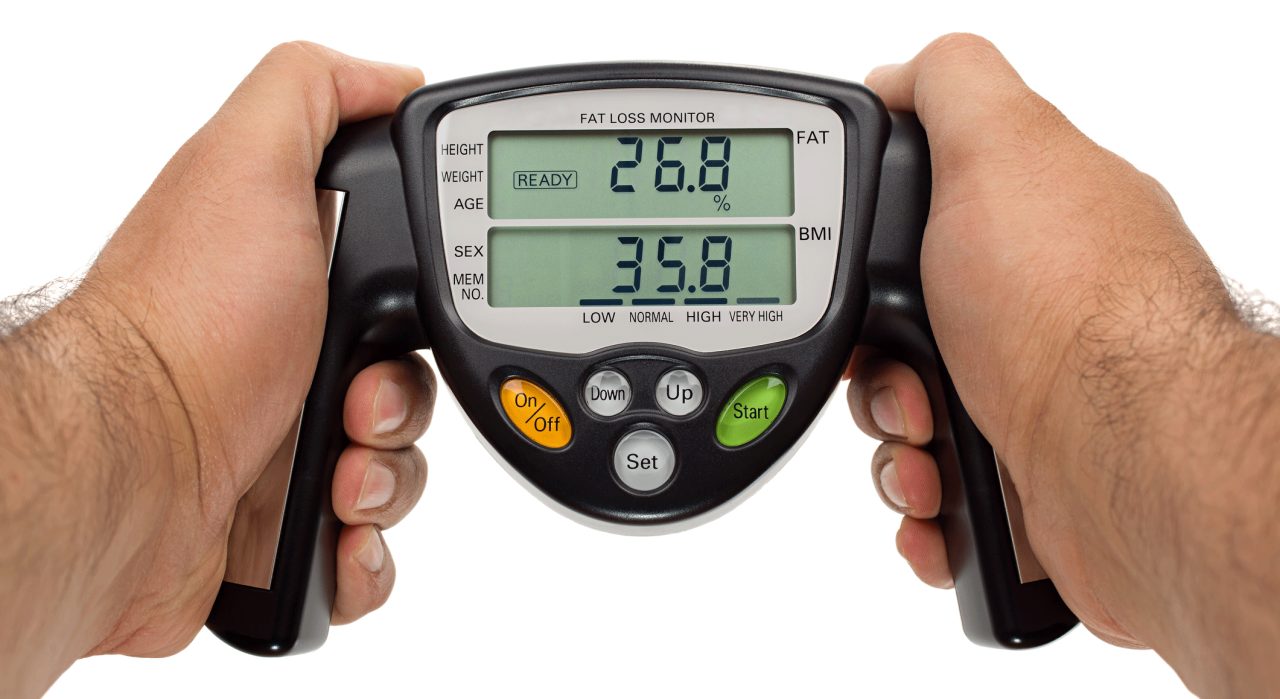What Is Body Mass Index (BMI)?

What is body mass index (BMI)? Doctors have used this simple formula for more than a hundred years to set standards for healthy weights. But your waist size may be more important.
What is body mass index (BMI)?
BMI is a fairly reliable measure of body fat for adults, though not for everyone. An undesirable BMI can mean you’re at more risk of illness.
In the 1830s, a Belgian scientist invented the formula: divide your weight (in kilograms) by your height (in meters) squared. If you use pounds and inches instead, you’d do the same calculation and then multiply by 703. Or just plug your numbers into this online calculator.
Healthy weight
A BMI between 18.5 and 24.99 is considered healthy.
Underweight
If a woman’s BMI falls below 18.5, she may be at risk for anemia or losing her period. Being underweight may make you more prone to infections as well, possibly because of nutritional deficiencies.
Overweight
You’re overweight with a BMI from 25 to 29.99. You should also check your waist size to assess how important it is to trim down.
YOU MIGHT ALSO LIKE: The Obesity Epidemic in America
Obese
A BMI of 30 or more means you are obese, and in more danger of heart disease, diabetes, stroke, depression, pain, and some cancers, according to the Centers for Disease Control and Prevention.
To see how much weight you’d need to lose or gain to reach a better BMI, see this chart.
What are other options besides BMI to know if your weight is healthy?
What you really want to know is how much fat you are carrying and where. Fat around your middle — the apple shape — is more dangerous than fat on your hips or thighs, especially for women. Athletes who are muscular may weigh more than other people do without running into health risks linked to fat
You can measure body fat at your waist and elsewhere using calipers — some trainers will do this for you. There are special scales and other fancier procedures — dual-energy x-ray absorptiometry (also called DXA), and isotope dilution — that aren’t easily available.
Your doctor will also assess your diet, physical activity, and family history.
Measure your waistline
A simple strategy is to measure your waistline a few times a year. In general, women with a waist size greater than 35 inches and men with a waist larger than 40 inches are at higher risk for heart disease and type 2 diabetes, according to the National Heart, Lung, and Blood Institute.
If your BMI is normal or indicates you are overweight, your waistline is a good data point to see if you might still need to lose some fat. Ideally, your waist in inches is no more than half your height in inches, so a 5-foot, 4-inch woman would be safe with a waist size of 32 inches. Much more than that would put her at risk for illnesses associated with high body fat.
Check out this diagram to be sure you’re placing the tape in the right spot.
If you’re dieting or exercising more, or both, you can check your progress by measuring your waistline — but no more than once a month.
Am I really obese?
The number of American adults who have BMIs of 30 or more has soared since the 1970s. So you may think of yourself as overweight rather than obese since you know people who are much heavier than you. About a third of American adults fall into the category of obesity. The cut-offs aren’t a vote about how normal or average or attractive you are; they are a guide to your risk of illness.
What are healthy BMIs for children?
You measure BMI the same way for children, but the ideal BMI varies over time. Check these charts for boys and girls. Between the ages of 2 and 19, you are obese if you are in the top 5 percent (or 95th percentile) for people of the same age and gender. That would be the top line on the charts. Children have also been getting heavier in recent decades, and many parents don’t realize that their children could benefit from losing weight. About one in five American children and teens cope with obesity.
What are healthy BMIs for seniors?
Older adults may benefit from a BMI between 25 and 27, rather than under 25, to help protect against thinning of the bones (osteoporosis). On the other hand, being underweight at age 65 is linked to poor health and a shorter life expectancy. Older people may find that they’re losing weight they need and look for ways to build in calories, for example by eating nuts and full-fat dairy.
Updated:
June 11, 2020
Reviewed By:
Janet O’Dell, RN